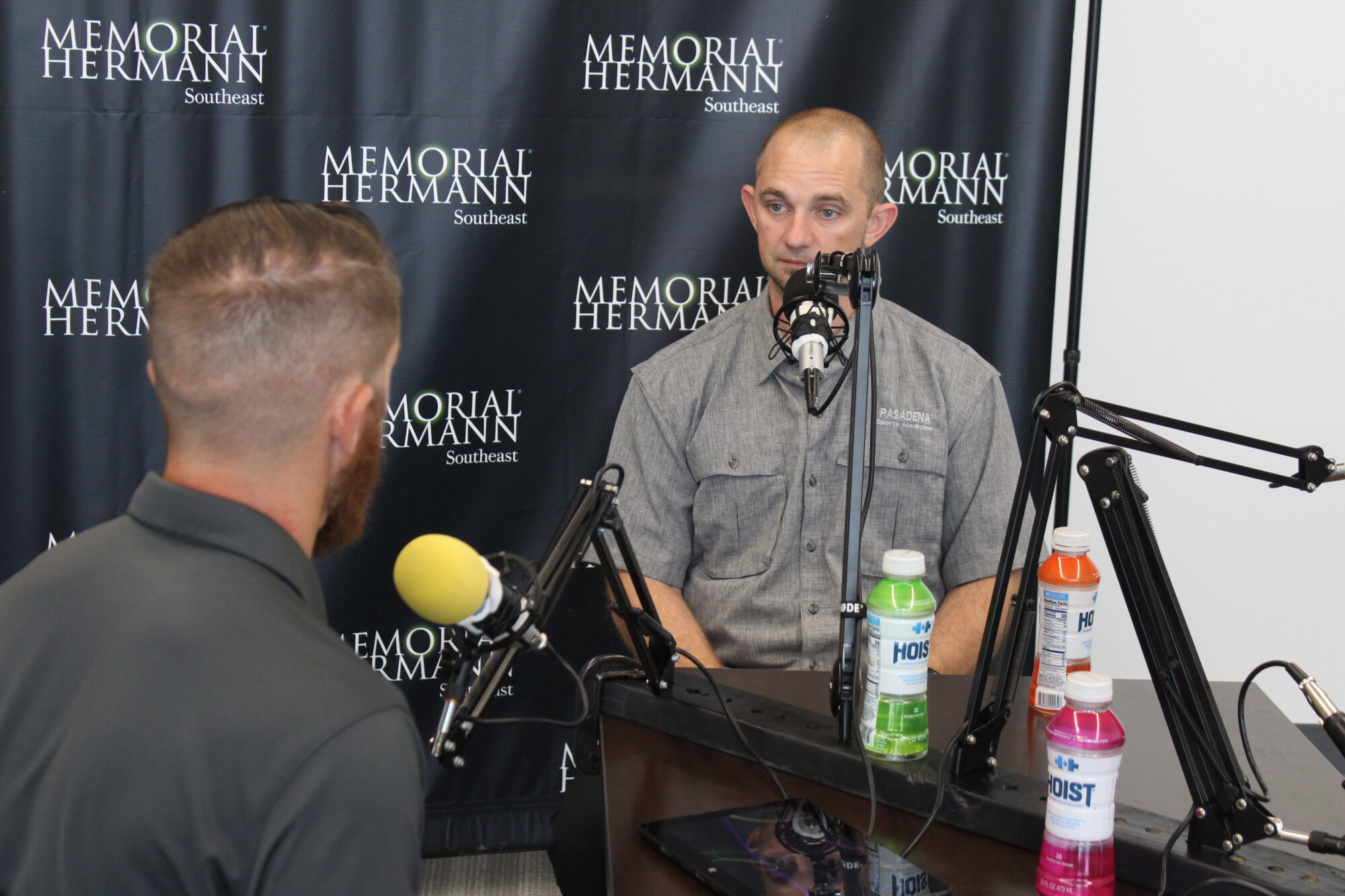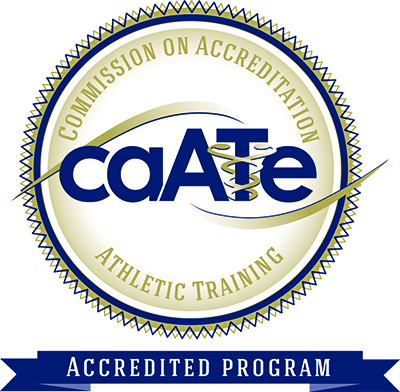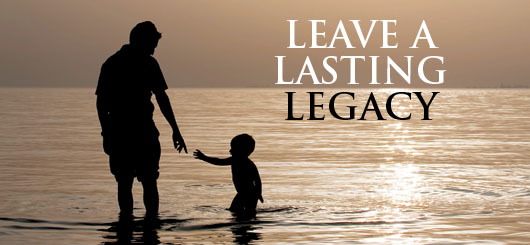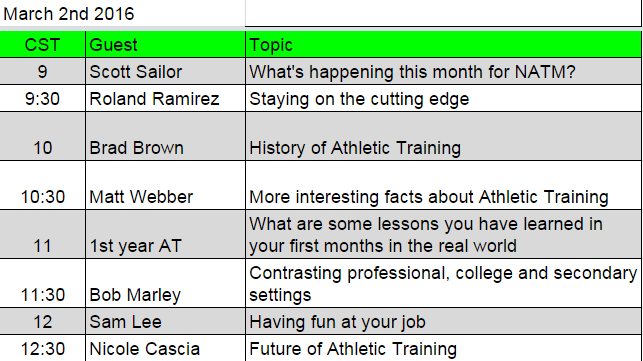Podcast: Play in new window | Download
Subscribe: Spotify |
Here is the scenario:
- 17 year old female volleyball player
- plays club and school alternating seasons
- no other sports
- Pain in anterior shoulder
- go through normal muscle eval
- pain on Speed’s test
- pain with Yergason’s
Start with heat and ROM exercises
Progress to body weight exercises
Then to t-band exercises
Pain free return to play in about 4 weeks
There are lots of other treatment types we did not do, and likely some evaluations we forgot. One way to improve is to look back, but here we do it with the help of some of my friends and injury experts.
Contact Josh Ogden
Email:
Contact Mike McKenney
Email:
Show Notes 195
email me: info@sportsmedicinebroadcast.com
Don't forget to register to win gift cards from Sports Health
- Tri-Planar performance above T8 requires stability and control of sagittal and frontal plane movements at the pelvis/hip (below T8)
- Scapular position is directly related to orientation of Rib-cage over pelvis
- Finding reference centers for landing mechanics
- Fatigue
- Lack of Upper thoracic movement variability (need Subscap/Serratus/Low Trap)
- TRICEP facilitation
- In the air, you shoulders become your hips, you need controlled mobility
- Thoracic mobility is essential for overhead motion
- Pec inhibition
- Is it really bicep tendonitis?
- Thoracic Outlet Syndrome
- Rotator Cuff/Supraspinatus
- Deltoid
- Trigger/Tender point referral pattern from infraspinatus/anterior deltoid
- Scap Dyskinesis w/compensatory HG IR = “impingement”?
- etc.
- Concurrent findings:
- Overall Hx
- Overall tension (e.g. chronic upper trap contraction)
- Breathing patterns esp. c/restriction upper R chest?
- Neck breather w/rib cage elevation?
- Overall posture
- Slumped shoulders? Kyphotic? Lordotic? etc.
- Forward head/posterior rotated head posture?
- Shoulder height variance?
- Spinal rotation/curvature
- Rib cage/thoracic positioning & mobility
- Pelvic stability?
- FA IR/ER & Flex limitations?
- Imaging – Musculoskeletal US or Arthrogram?
- Injections? Relief or no?
- Treatment (I use PRI techniques mixed with a lot of traditional techniques, but use whatever you have in your toolbox)
- Frontal Plane control thru pelvis and Transverse plane control thru thorax
- Rib cage mechanics
- Breathing pattern retraining (or manual techniques) as needed to restore IR/ER & remove restrictions
- Restore thoracic rotation
- Improve Scap Positioning
- Inhibit Pecs, lats, upper traps, etc. as needed
- Low Trap & Tricep First
- Serratus Anterior
- Make sure scap is moving on thorax due to SA activation, NOT Pec activation
- SA moves scap on thorax
- Pec reinforces anterolateral tilt
- Subscapularis
- Contralateral side
- Low Trap/Tricep
- SA
- Subscap
- No injury is unilateral. Rehabilitate bilaterally.
- Compensatory thoracic rotation, pelvic obliquity, etc. needs to be addressed.
- RTP considerations
- Hitting program
- Pay attention to core engagement with hitting
- Flying open into extension reduces scap control
- Jumping program
- Poor jump mechanics places the arm in a poor hitting position before the arm motion even starts
- Poor landing mechanics increase injury risk as well as neurological apprehension = decreased power output and increased stress on LHBT, Cuff, etc.






 or
or 
